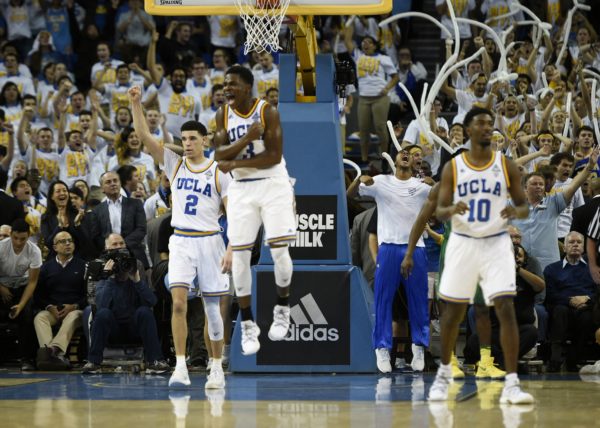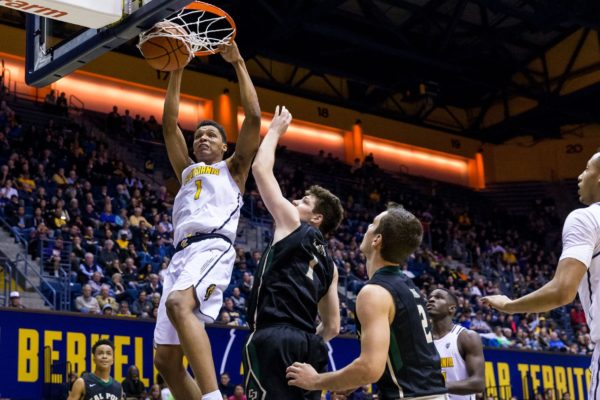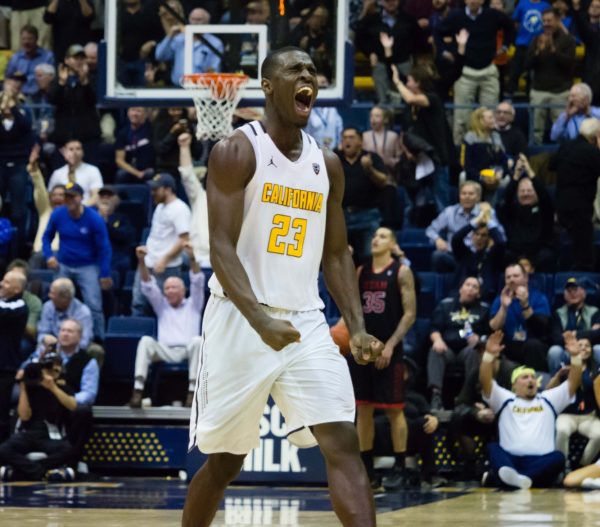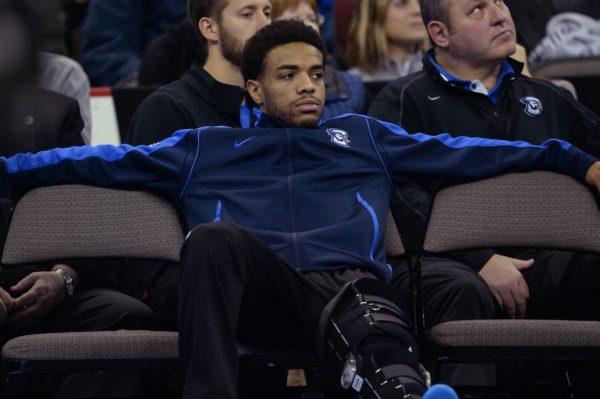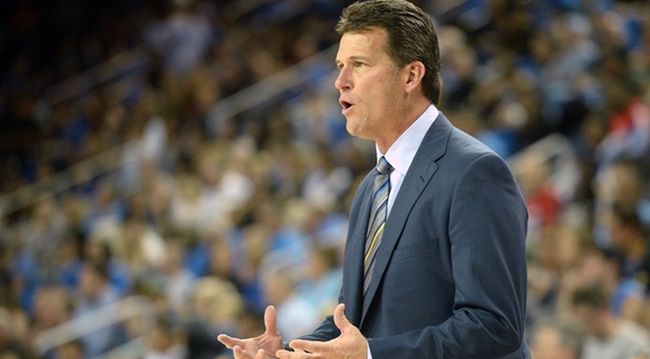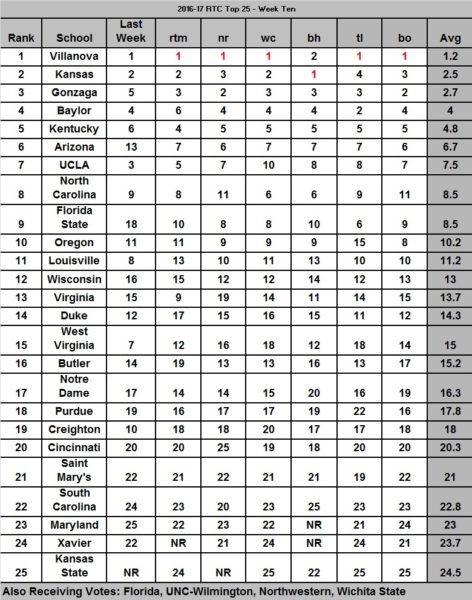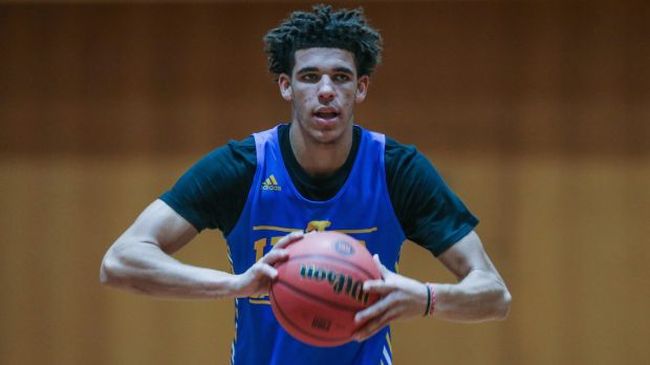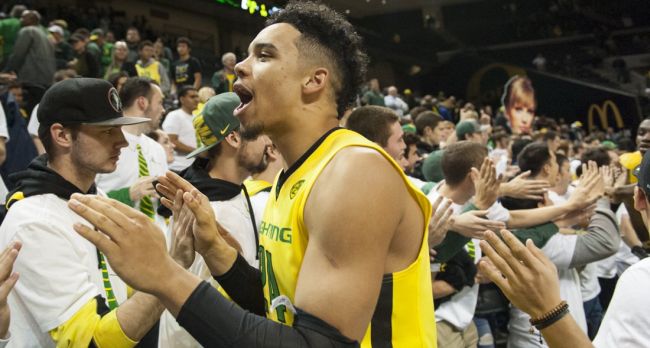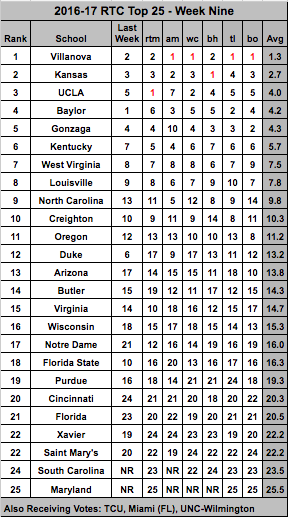Pac-12 Power Rankings: Who Will Get the Fourth Bye?
Posted by RJ Abeytia on February 16th, 2017With three weeks of league play left, both the the regular season title and the cherished final Pac-12 Tournament bye are still very much in play…
- Arizona– The Wildcats are experiencing their three talented freshmen (Lauri Markannen, Kobi Simmons and Rawle Alkins) running smack into the proverbial freshman wall. Despite that ongoing issue, they were still able to sweep the Bay Area schools without playing their best basketball. One of the biggest signs for optimism comes in the form of Chance Comanche, who has fortified Arizona’s post rotation by shooting 17-of-29 (59%) over the last two games.
- UCLA– How about a little love for Aaron Holiday? Upstaged by the arrival of superstar freshman Lonzo Ball, the sophomore guard has drastically improved upon what was a very good freshman campaign. He has already converted more three-pointers than all of last season (42) and has flipped his assist rate (24.4%) and turnover rates (21.5%) as well. He isn’t playing as much this season, but he is still a key cog in the Bruins’ devastating offensive machine.
- Oregon– The Ducks were about 15 minutes away from looking like the best team in the Pac-12. A furious comeback, however, orchestrated by UCLA’s Lonzo Ball proved that the conference is still up for grabs. As balanced as Oregon is across its rotation, the need for a closer is still an issue. Dillon Brooks has played that role very well for most of this season, but when he’s having an off game, the Ducks need another player to provide late-game production. Read the rest of this entry »






























